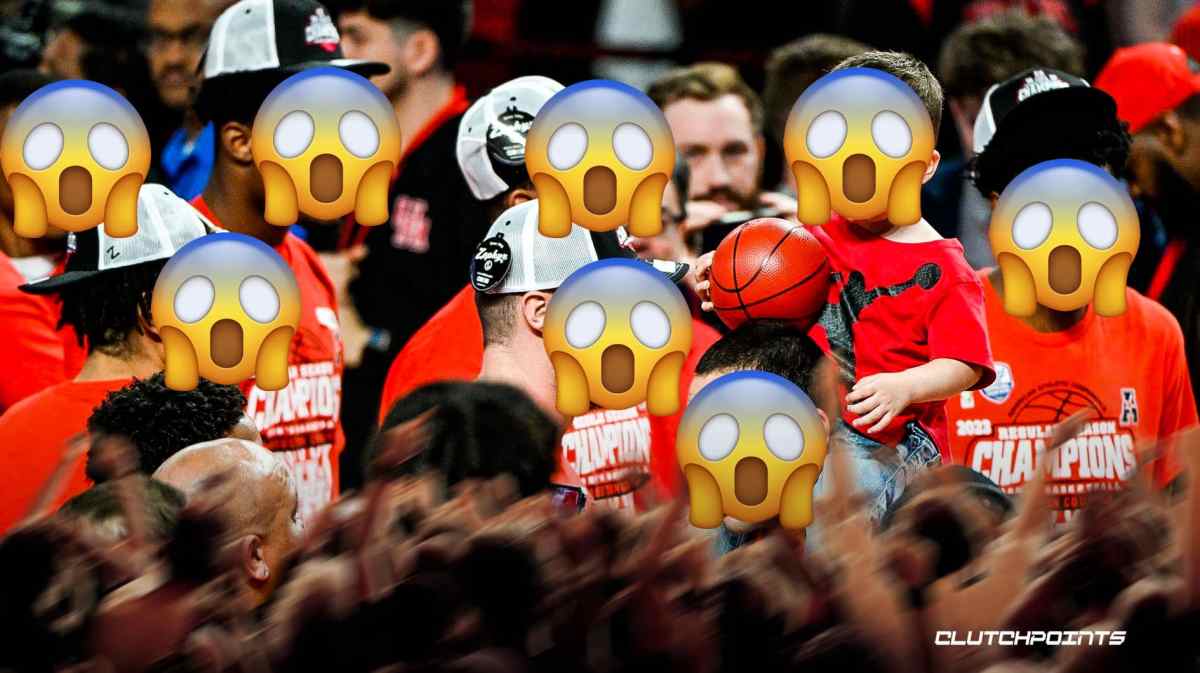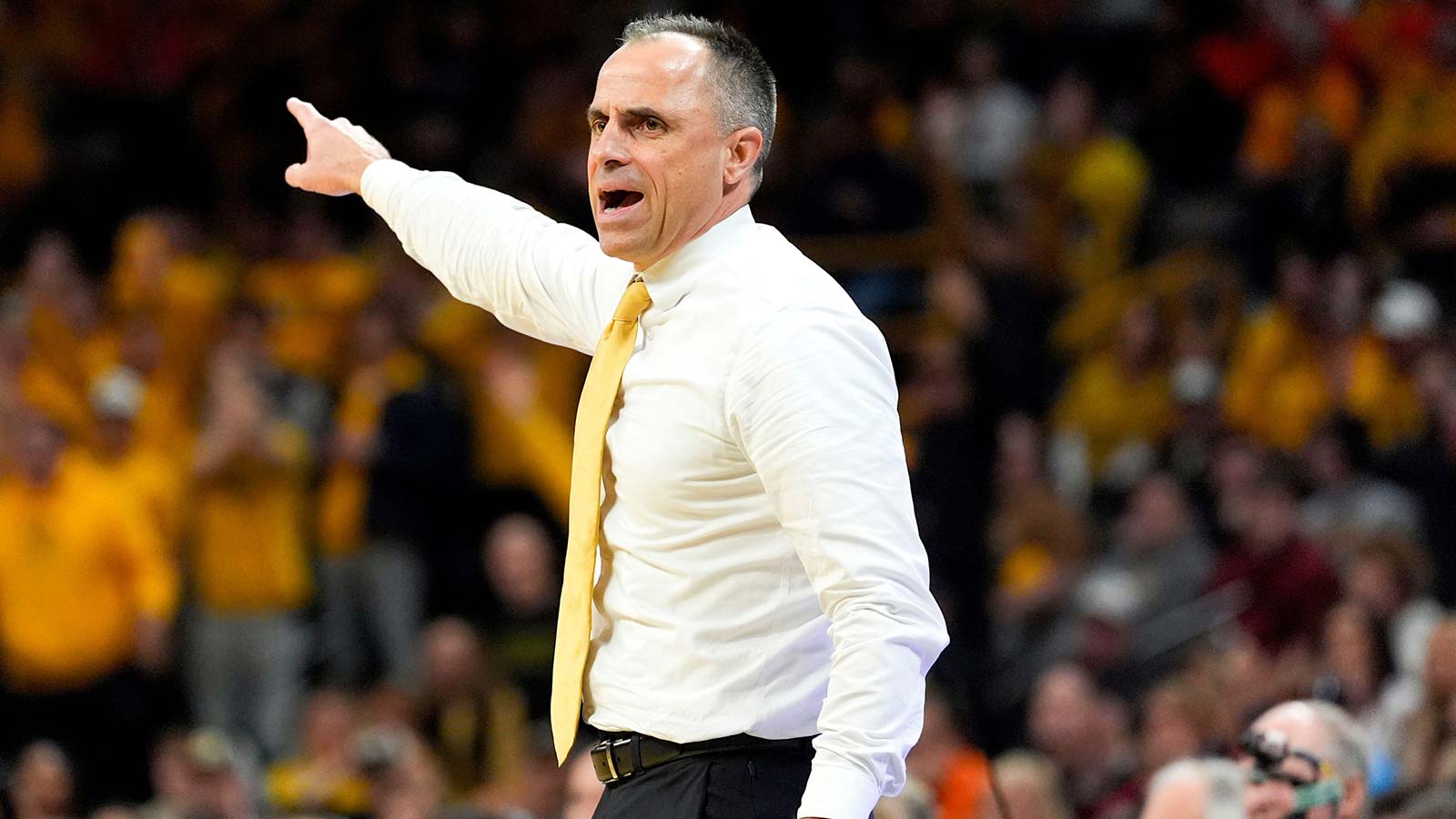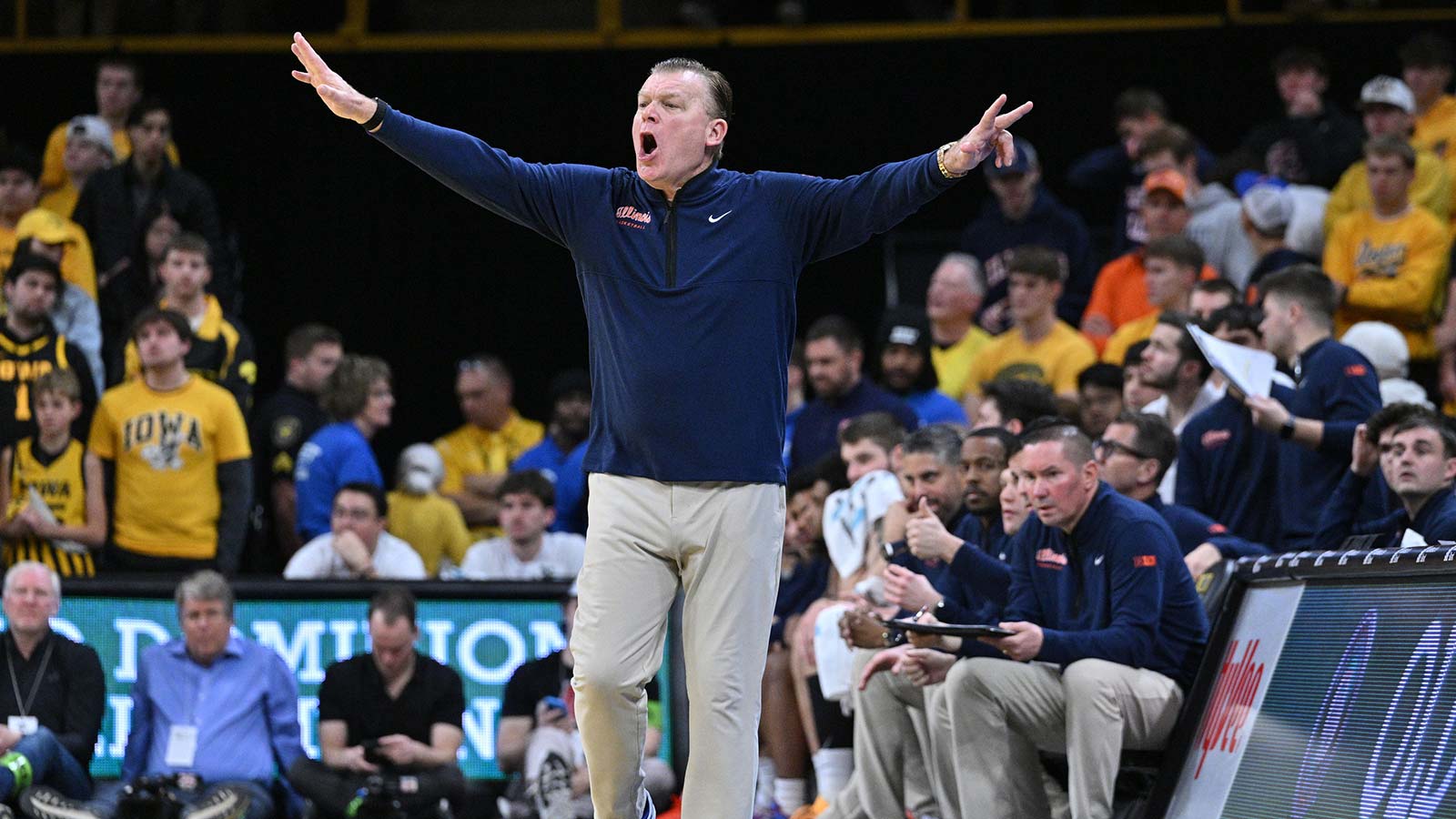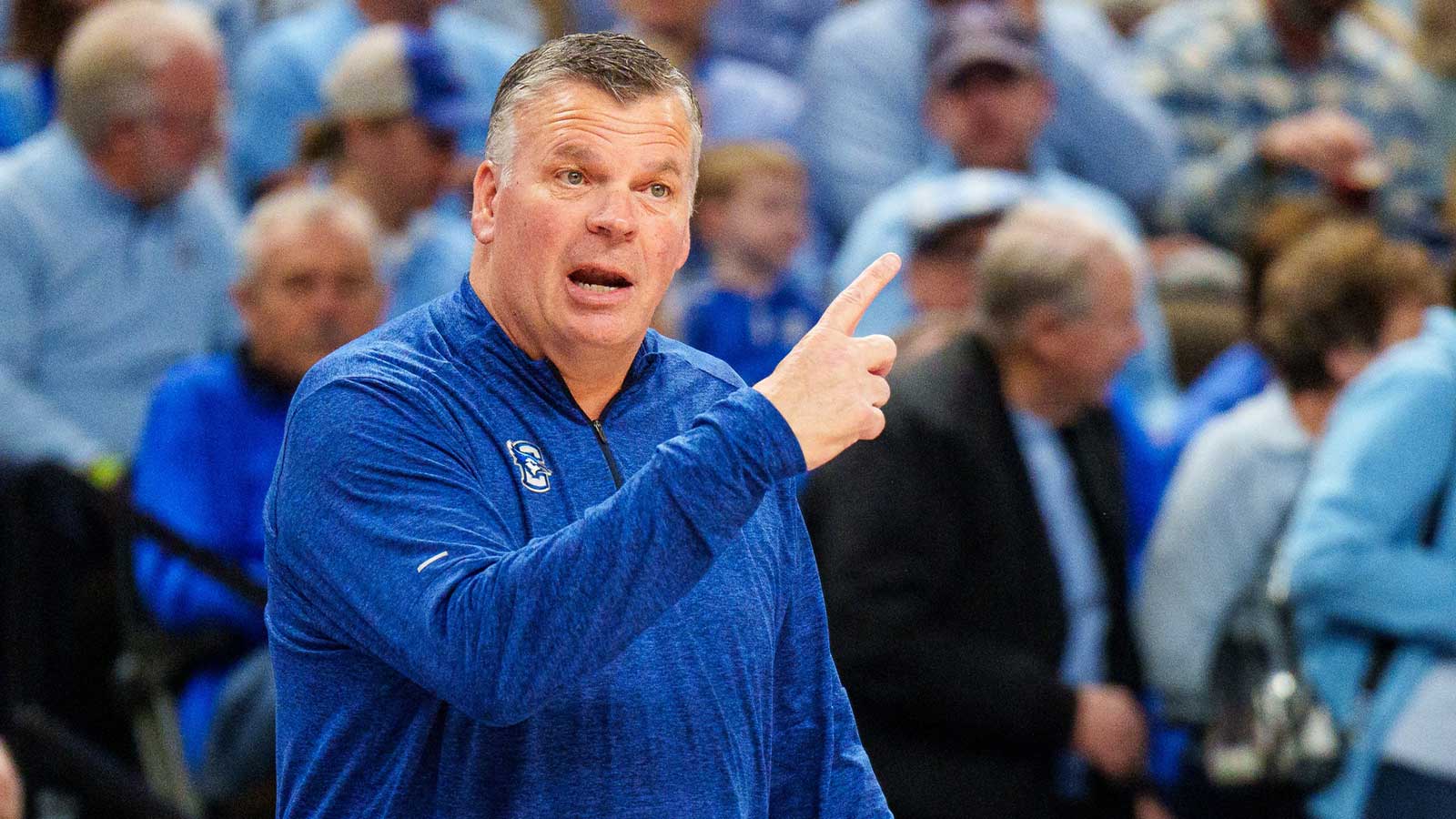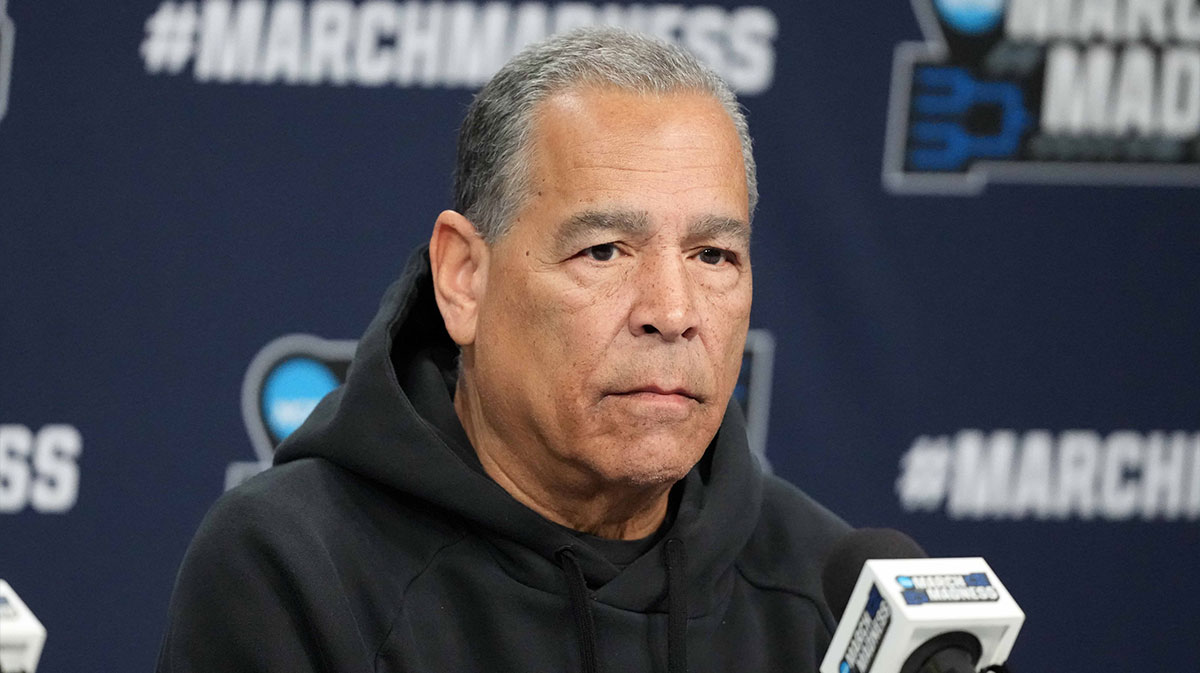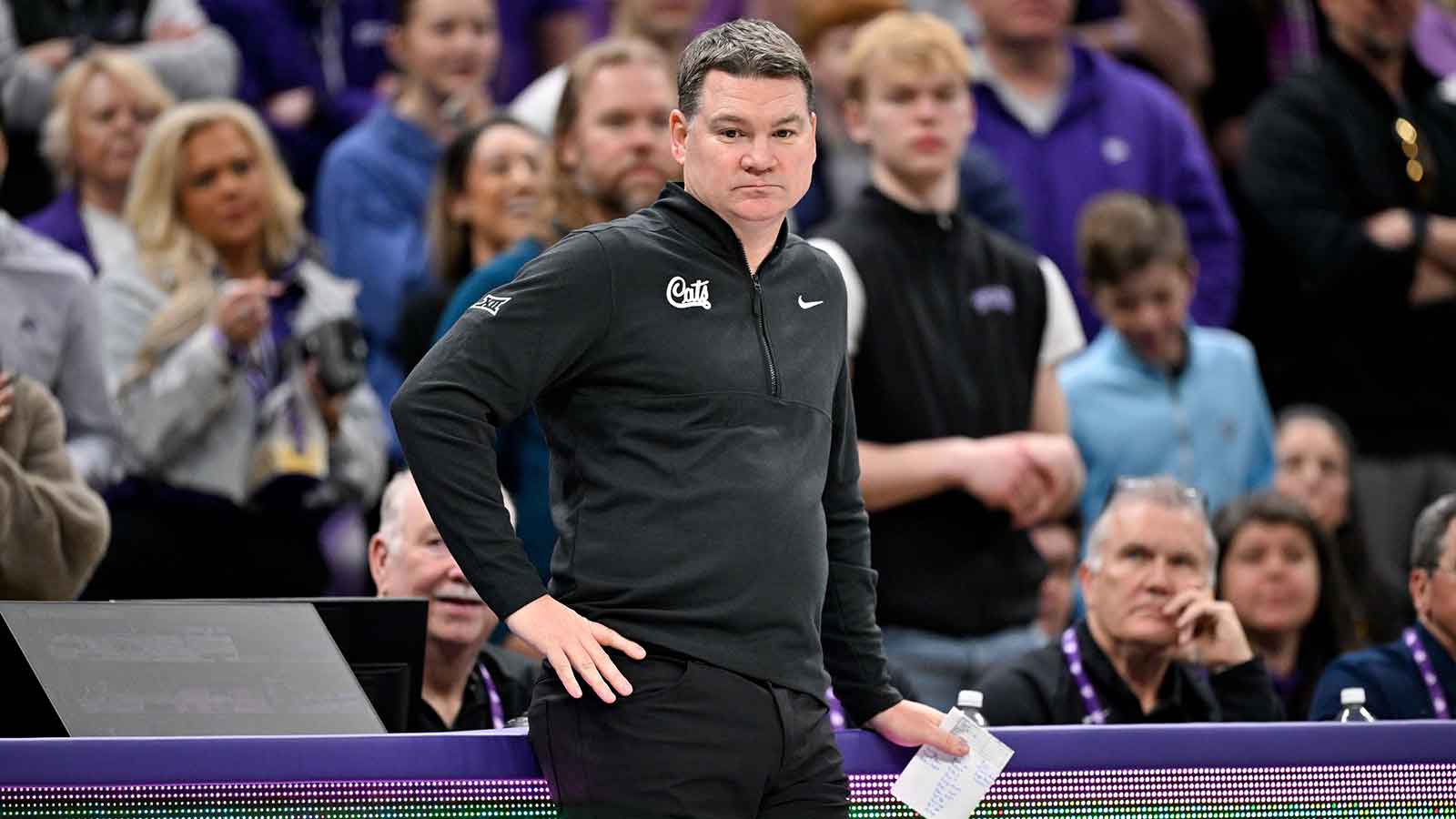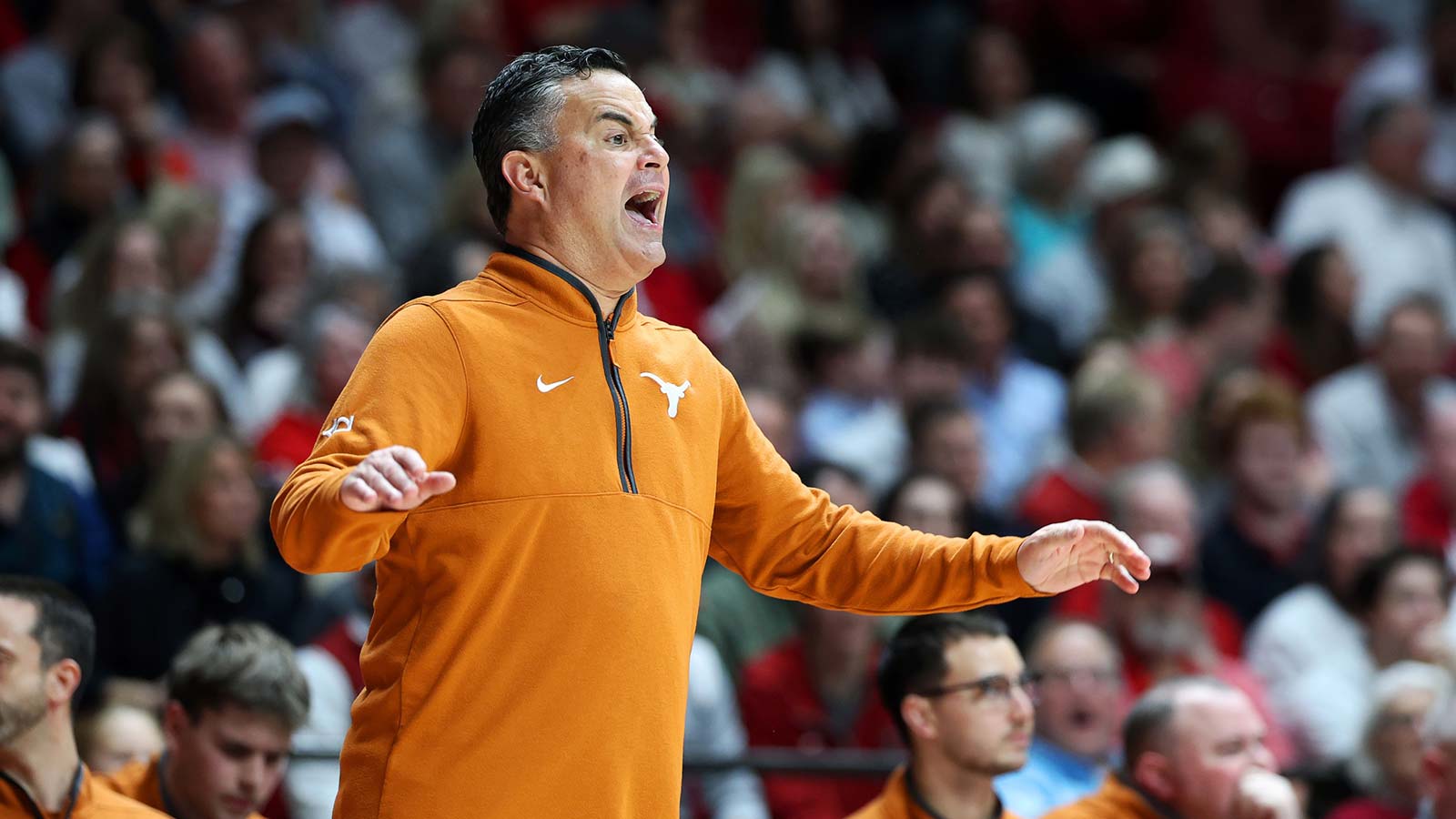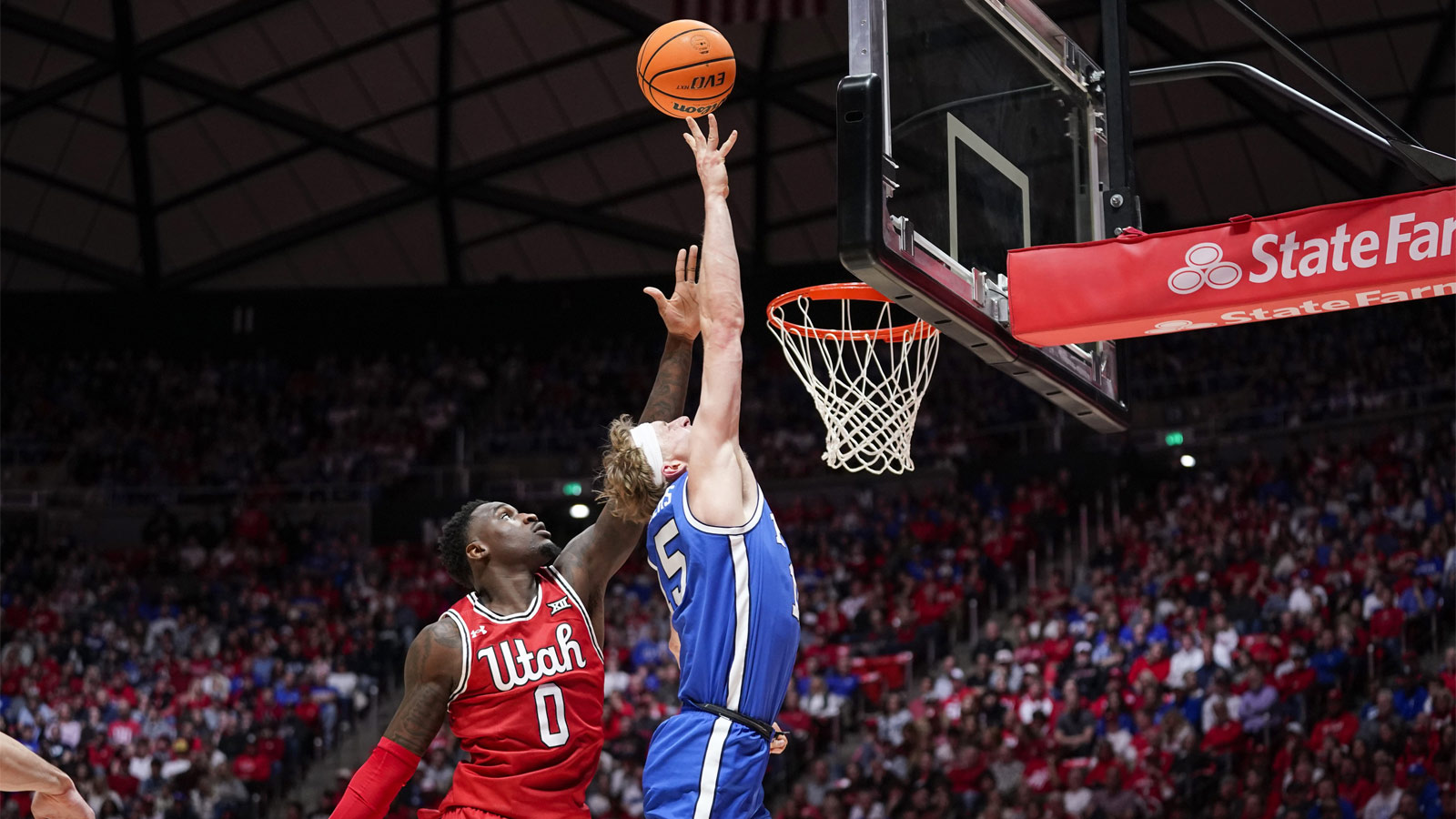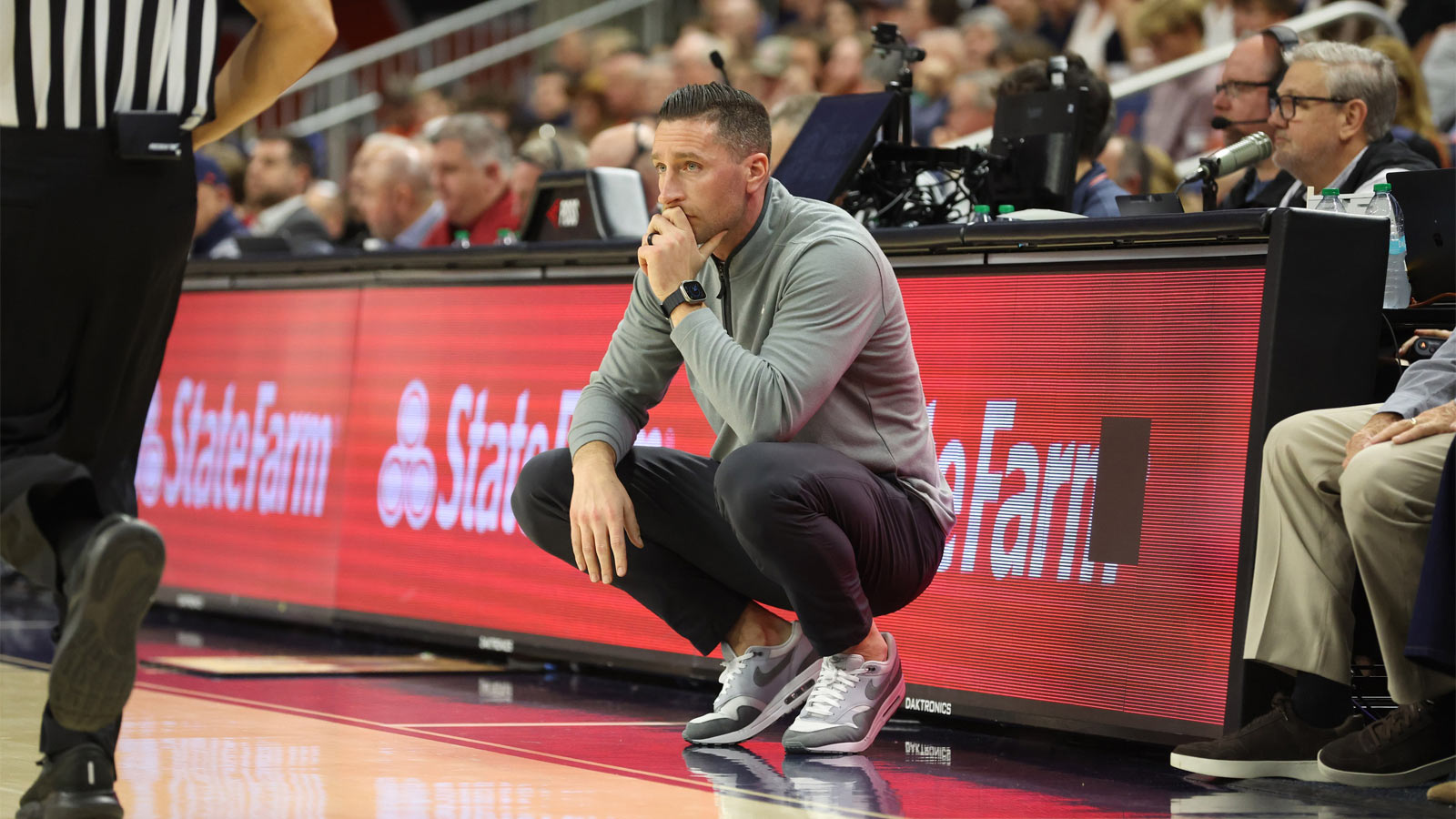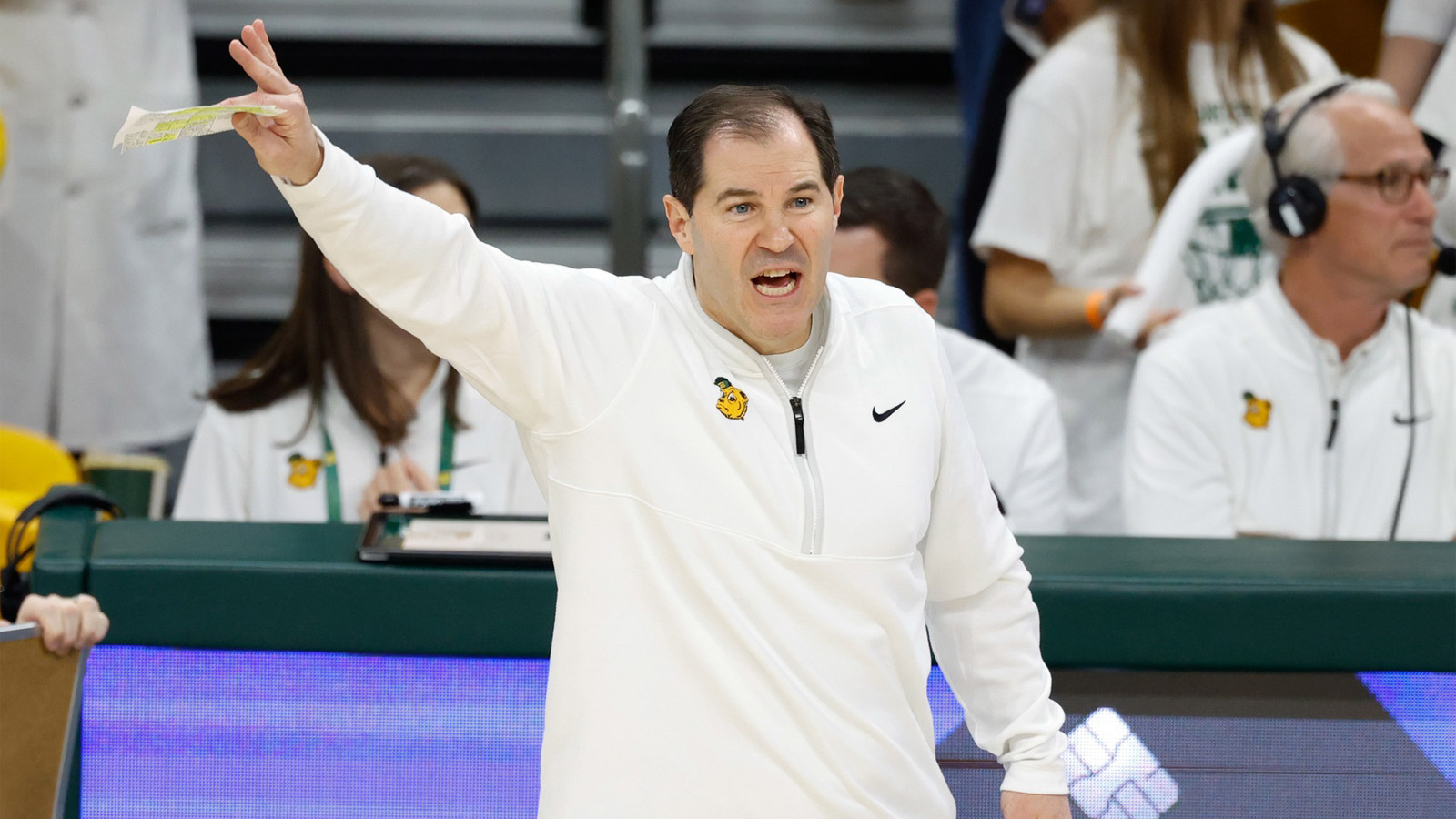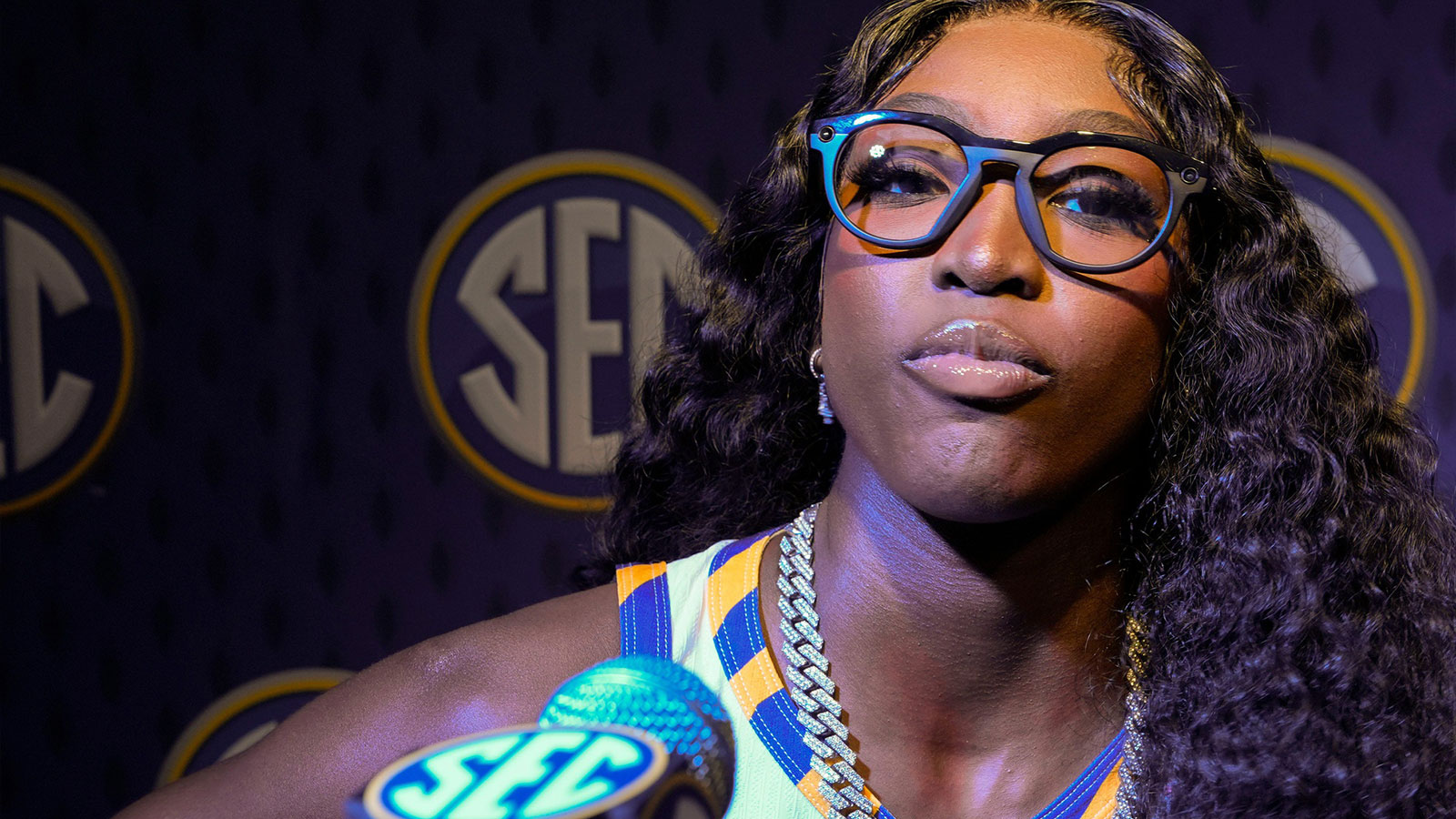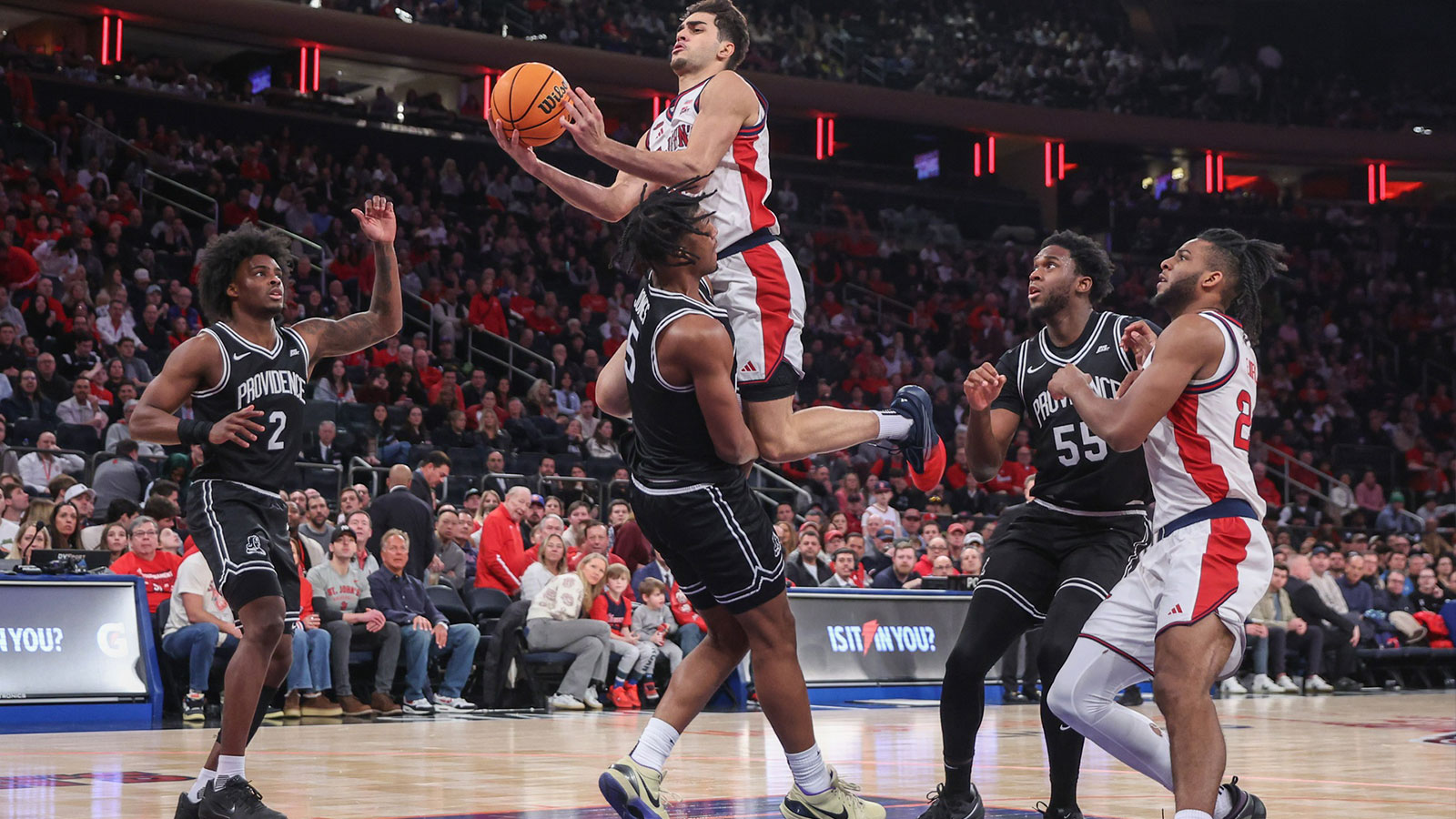Theoretically, the number one seeds are rewarded with a relatively frictionless path to the Final Four—the basic geometry of the NCAA Tournament bracket ensures that the 1 seed won't face another top ten team until the Elite Eight. Practically, it's considerably thornier—just ask Virginia (who lost to 16-seed UMBC in the first round in 2018) or Baylor (who were bounced by 8-seed UNC in the round of 32 last year). As such, using Bracket Matrix's projected seedings, these are the most dangerous teams that a top seed could run into in the early rounds of March Madness.
Most dangerous opening round matchup: Northern Kentucky Norse
More than any other team, the Norse take inspiration from their nickname—step aside, Erik the Red, because Northern Kentucky can loot and pillage with the best of them. Forcing turnovers on 23.2 percent of their opponent's possessions, NKU ranks 13th in the country in takeaways and confounds offenses with their 2-3 zone. Beyond just forcing turnovers, the Norse fit the profile of a potential Cinderella, playing at a snail's pace (359th in tempo) and bombing away from three (39.2 percent three point accuracy and 44.6 percent three point rate over the last 10 games).
Round of 32: Arkansas Razorbacks
In terms of sheer, unvarnished talent, the Razorbacks can go toe-to-toe with any team in the country. Led by potential NBA lottery picks Nick Smith Jr. and Anthony Black, Arkansas basketball's roster far outstrips their spot in the NCAA Tournament bracket.
Plagued by foot injuries all year, Smith played just 27.9 percent of Arkansas's minutes this year, but finally seems healthy heading into March Madness. A shifty 6'5 combo guard with outrageous shooting touch, Smith has impressed when he's played, hanging 24 points on Alabama and 26 on Kentucky over the last three weeks.
While Smith handles most of their shot-making, Black is an expert shot-creator, combining the size of a wing with the passing vision and versatility of a pure point guard. At times, the 6'7 Black resembles a souped-up Josh Giddey, peering over the tops of defenses and zooming passes through corridors that only he can see. Outside of their star duo, Arkansas' supporting cast is a mean-spirited, physically dominant bunch and has the country's 13th best defense as a result. Don't be fooled by their middling seed and losing record in the SEC, this Arkansas basketball team can play.
Sweet 16: Xavier Musketeers
The recipe for a deep run through the NCAA Tournament bracket isn't a secret: you need elite guard play, an elite coach and big game experience. Xavier has all three in spades. Souley Boum (16.5 points, 4.3 rebounds and 4.4 assists per game) and Colby Jones (15.2 points, 5.4 rebounds and 4.3 assists per game) comprise quite possibly the best backcourt in the entire country.
A transfer from UTEP, Boum is the archetypal scoring guard, zipping through ball-screens to create pull-up threes and penetration at the rim. A 24 years-old, Boum abnormally old for a college player, which hurts his draft stock but is a boon for Xavier's March Madness aspirations—compared to an 18 year-old hot-shot freshman, Boum has had six more years of seasoning to develop his body and his skillset. It shows.
Conversely, Jones plays a slower, more considered game. If Boum leans on his shooting and quickness, the 6'5 Jones has an odder, more idiosyncratic style that has made him a favorite of NBA Draftniks. At 6'5 and 207 pounds, Jones is simply bigger and stronger than most college guards, allowing him to overpower defenders. More, he's a patient, deliberate operator with the ball, cannily pinning opponents away from the ball to create space for him to maneuver into floaters and shots at the rim.
What makes Xavier especially frisky isn't just their star duo, but rather how their infrastructure enables their star duo to thrive. In his first year back at Xavier, former Arizona coach Sean Miller has demonstrated that he's still one of the best coaches in college basketball, Whereas Arkansas saddles Smith and Black with cramped spacing, Xavier is an elite shooting team, draining 39.5 percent of their threes, the third most accurate mark in the nation.

